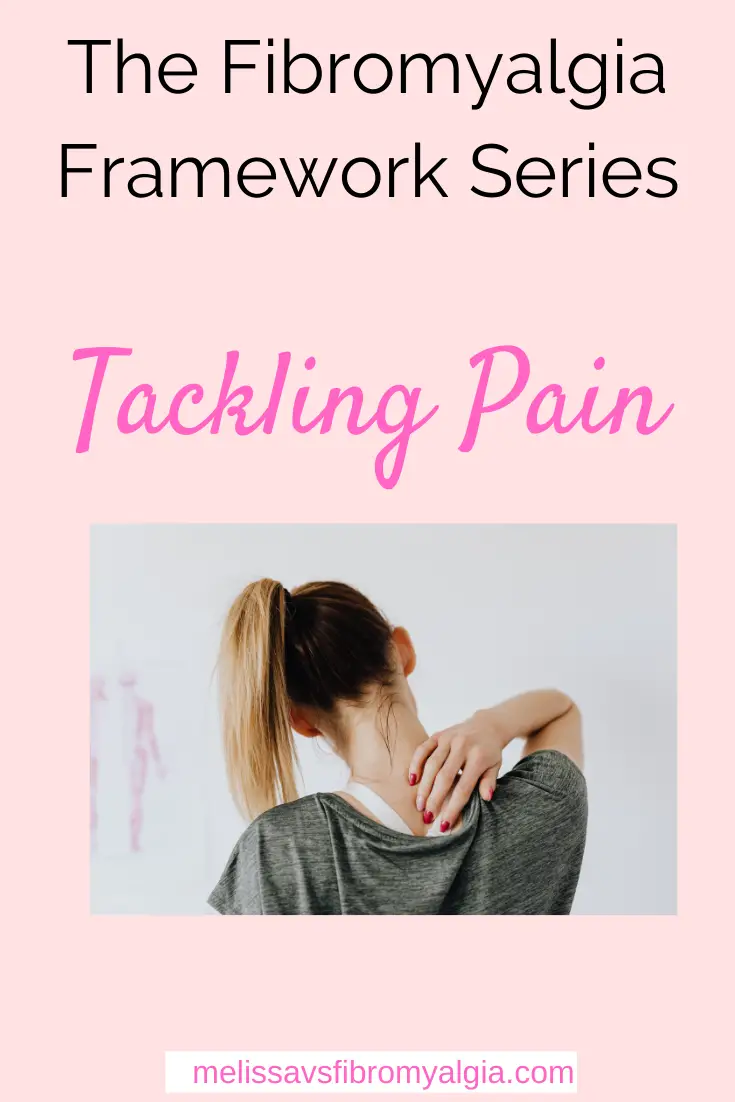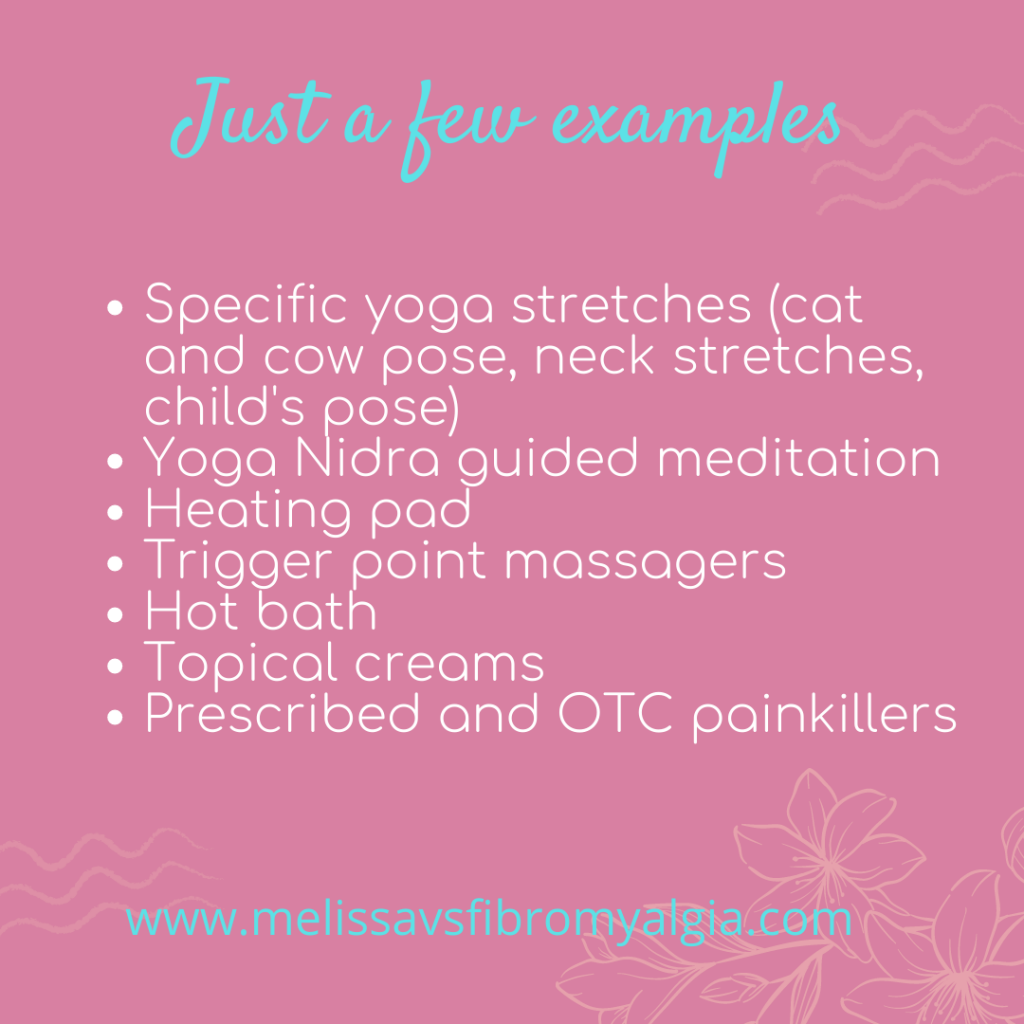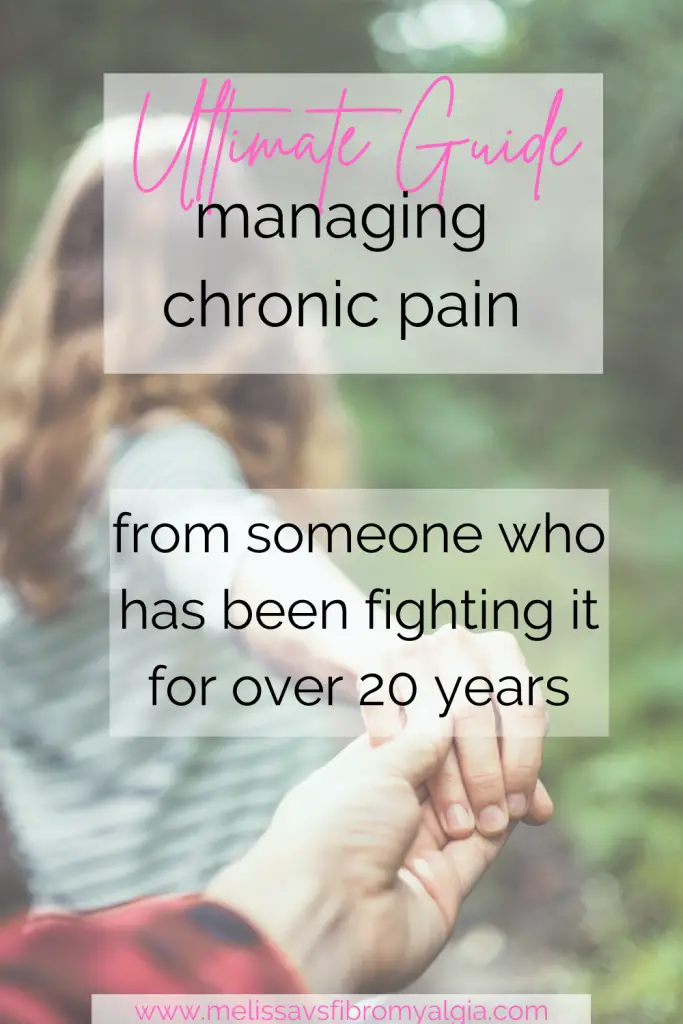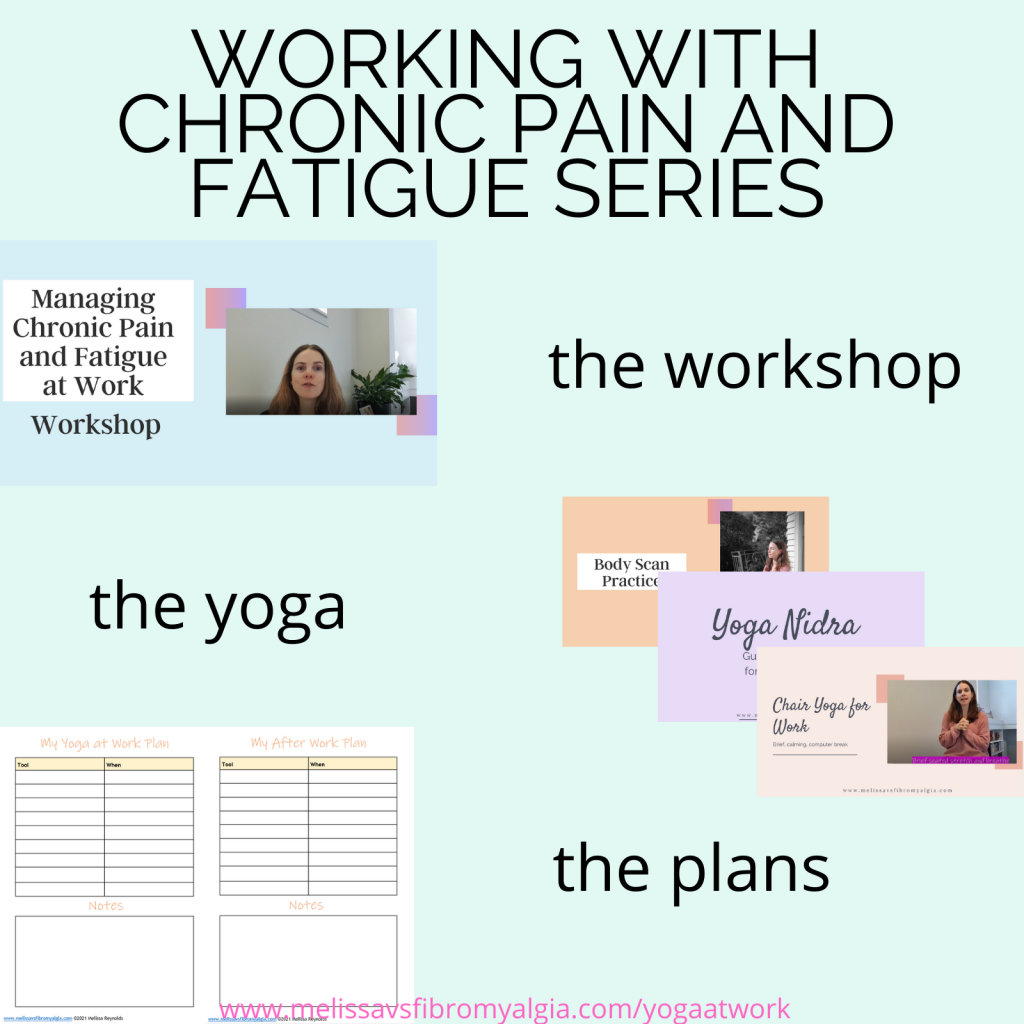Last Updated on November 19, 2021 by melissanreynolds
Pain management for fibromyalgia and chronic pain fighters is a massive topic but I am breaking it all down in the Fibromyalgia Framework Series.
The fibromyalgia framework series has been presenting my (evolving) view of managing fibromyalgia. I have come so far in this journey that I am sharing my learning in the most concise manner possible to make it easier for you to choose some things to try for yourself.

We have discussed:
The Fibromyalgia Framework
Diagnosis, Misdiagnosis and Fibro Books
Tracking Your Progress
Sleep
Central Nervous System
This is a quick-start guide to managing pain. If you need to know about fibromyalgia – including symptoms, diagnosis and more. Then check out the Complete Guide to Fibromyalgia. (with free ebook)
So get out your pen and paper and start jotting down ideas to try to help with chronic pain management.
PAIN MANAGEMENT FOR FIBROMYALGIA/CHRONIC PAIN
We could spend a long time going through pain management options in depth, but that is outside the scope of this series. I will give you a brief introduction to the multiple options and give you extra reading you can follow up on. As you will recall from my fibromyalgia puzzle, low dose naltrexone and physiotherapy are key pain management options for me. Yours might be entirely different.
LIFESTYLE FOCUSED PAIN MANAGEMENT
- Sleep
- Gentle movement
- Stress
- Rest
- Seeing food as fuel
- Observing your work/life balance
SPECIFIC FOR PAIN – WHAT I DO:
Affiliate notice: Please note that some of my links are affiliate links, if you make a purchase using this link I may make a small commission at no extra cost to you.
- Heat pack. This is my first line of defense, I use it on my neck first thing, whenever I can during the day, in the evening and at bedtime.
- Essential oils – lavender is my all time favourite for sleep, pain and relaxation.
- Deep Heat, a non-medicated heat producing rub that eases muscle pain, especially when combined with a good massage.
- Specific stretches – like those I share in the free Yoga for Fibromyalgia: Five Minutes a Day for Five Days Challenge.
- Short classes that offer rest, relaxation and gentle stretch like those in my free 10 minutes a day series.
- Biofreeze – a cooling pain reliever, especially good for during warmer weather.
- A hot bath is my best treat and the first thing I want when the pain increases.
- I see the physiotherapist every three weeks and they do neck tractions and place acupuncture needles in trigger points in my neck and shoulders. This is the only thing that keeps the neck free and keeps the severe headaches, dizziness and nausea that accompanies the severe neck pain away.
- A Theracane trigger point massager for self-trigger point release. You can use your fingers, but mine get too sore for this now, you do have to push rather hard.
- Magnesium oil on my back and shoulders at bedtime.
- Low dose naltrexone. Over a period of 12 months, it has decreased my neck pain levels more than anything ever has. It is not a miracle drug – if I don’t take it, the fatigue skyrockets, and if I overdo it, my neck pain increases. It is not a standalone treatment. But I am super thankful for it!
- It helps me get to sleep where nothing else has ever worked. I do have to combine it with a heap of sleep hygiene routines, but it’s the base of the plan. In addition to helping me sleep (and thereby, reducing pain), it reduced the wider spread pain and near constant headaches.
- MSM (Methylsulfonylmethane) for muscle and joint pain. It helps with the pain in my index fingers as well as a little difference in my neck.
- Recovery Factors supplement – this is my favourite supplement and is a whole of life thing rather than a pain killer.
- Slow release, high dose ibuprofen for period pain, for about four days – it’s pretty severe.
- Ibuprofen or paracetamol (Acetaminophen) for headaches or low level pain that breaks through.
- A muscle relaxant for spasms in the neck or back – the frequency of these has decreased since I began LDN. This you need to work with your doctor on.

OTHER PAIN RELIEF OPTIONS:
- TENS machine
- Foam roller
- Essential oils
- Lavender
- Chamomile
- Peppermint
- Herbs
- Thyme
- Devil’s Claw
- Jamaican Dogwood
- Cayenne
- White Willow Bark
- Corydalis
- Supplements
- Curcumin – specifically the Curamin blend.
- MSM
- Malic acid
- Magnesium
- Recovery Factors
- CBD oil
For medicinal pain relief, please discuss these options with your doctor and do your own research. Do always check for interactions between herbs/supplements and medicines that you are on.

The big three
My big three are: Low Dose Naltrexone (more below), Recovery Factors and Yoga Nidra guided meditation. These have made the biggest impact overall. The rest is just temporary, band aid style management. Which is great, they have their place. But without the big three I’d be constantly placing Band-Aids over giant, gaping leaks and I wouldn’t have the quality of life I have.
LOW DOSE NALTREXONE
I haven’t been quiet about the benefits of low dose naltrexone (LDN). Since beginning it in 2017 I have experienced the best improvement of any single thing I have ever tried. I believe it is all down to sleeping better. The offshoots of this have been many. I have decreased pain levels, increased stamina, decreased fatigue, dramatically improved quality of life.
Find my four year report on how LDN has changed my life It includes a full write up of how it is changing my life with some links to further information.
We’re making a management plan for work in the Working with Chronic Pain and Fatigue series so join us!



3 thoughts on “Your Guide to Pain Management for Fibromyalgia and Chronic Pain”